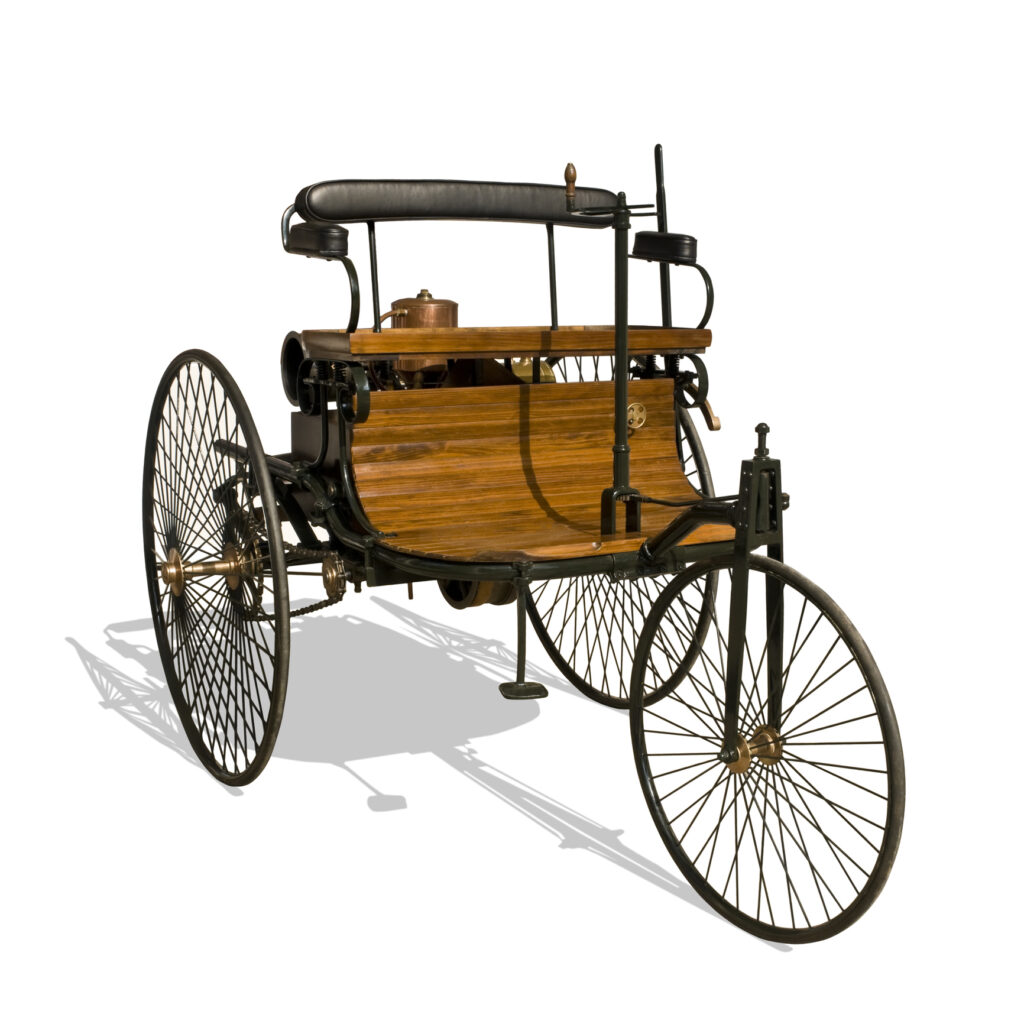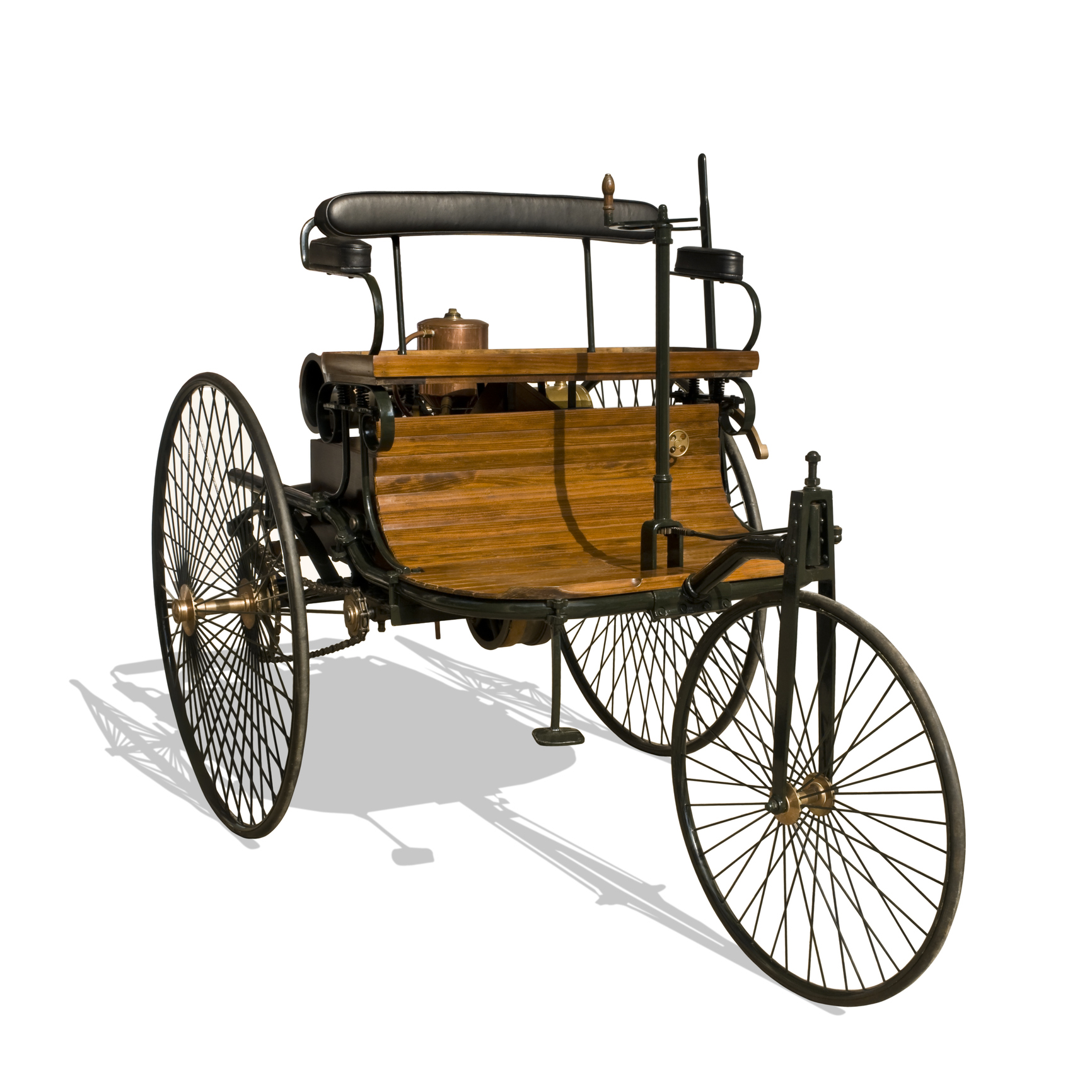The mechanical engineer Karl Friedrich Benz invented the first motor car powered by a gasoline combustion engine in 1884/1885. Benz, Gottlieb Daimler, Wilhelm Maybach and other pioneering inventors of early motor cars would have been hard-pressed to imagine modern cars, many of which offer advanced driver assistance systems (ADAS) that improve automotive safety, independent of the operator.

Karl Friedrich Benz’s Benz Patent-Motorwagen, circa 1885/86
The possibility of fully self-driving cars, self-flying cargo planes, and package-delivery drones would have seemed even more far-fetched to these 19th-century engineers. But as 21st-century engineers, we recognize that ADAS, robotic cars, drones, and industrial robotics—all applications featuring some level of autonomous functionality—are not pie-in-the-sky imaginings. And the key to realizing them commercially is the perfection of LiDAR.
LiDAR—which stands for light detection and ranging—is essential to autonomous navigation. In fact, it does so much more than the more mature vision technologies, cameras and radar, which are also used in autonomous systems. Only LiDAR provides depth and functions seamlessly at all levels of light. It also delivers phenomenal resolution, so it can perceive both moving and stationary objects—another critical advantage over cameras and radar.
Given LiDAR’s technical strengths, why isn’t it ubiquitous?
As a sensor IP company with an executive team that also has years of experience with LiDAR, we’ve given this a lot of thought. And we’d like to share this with you.
Read Omnitron CEO Eric Aguilar’s article in EE Times, Want Better Autonomous Navigation? Start with LiDAR.
Or email us today for more information.
And if you’re interested in the history of the automobile, check out this Library of Congress page.
